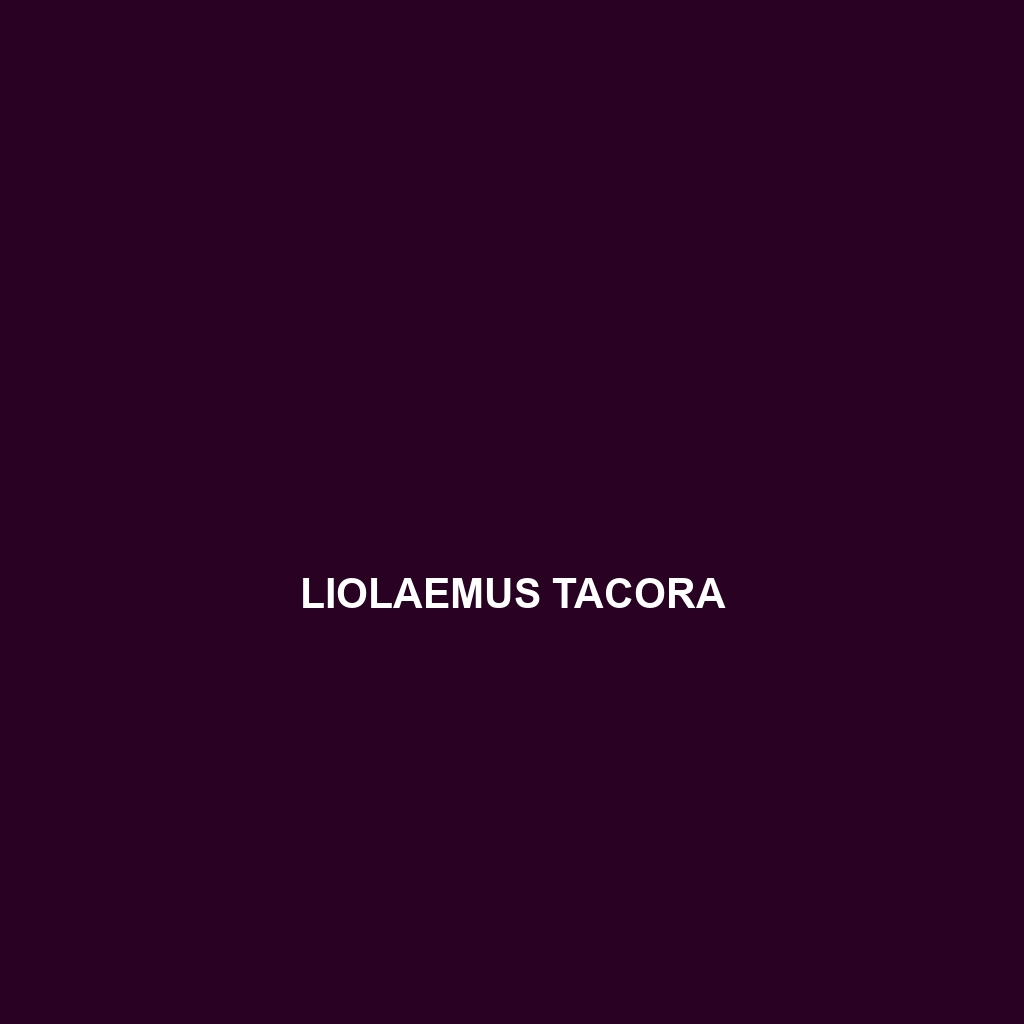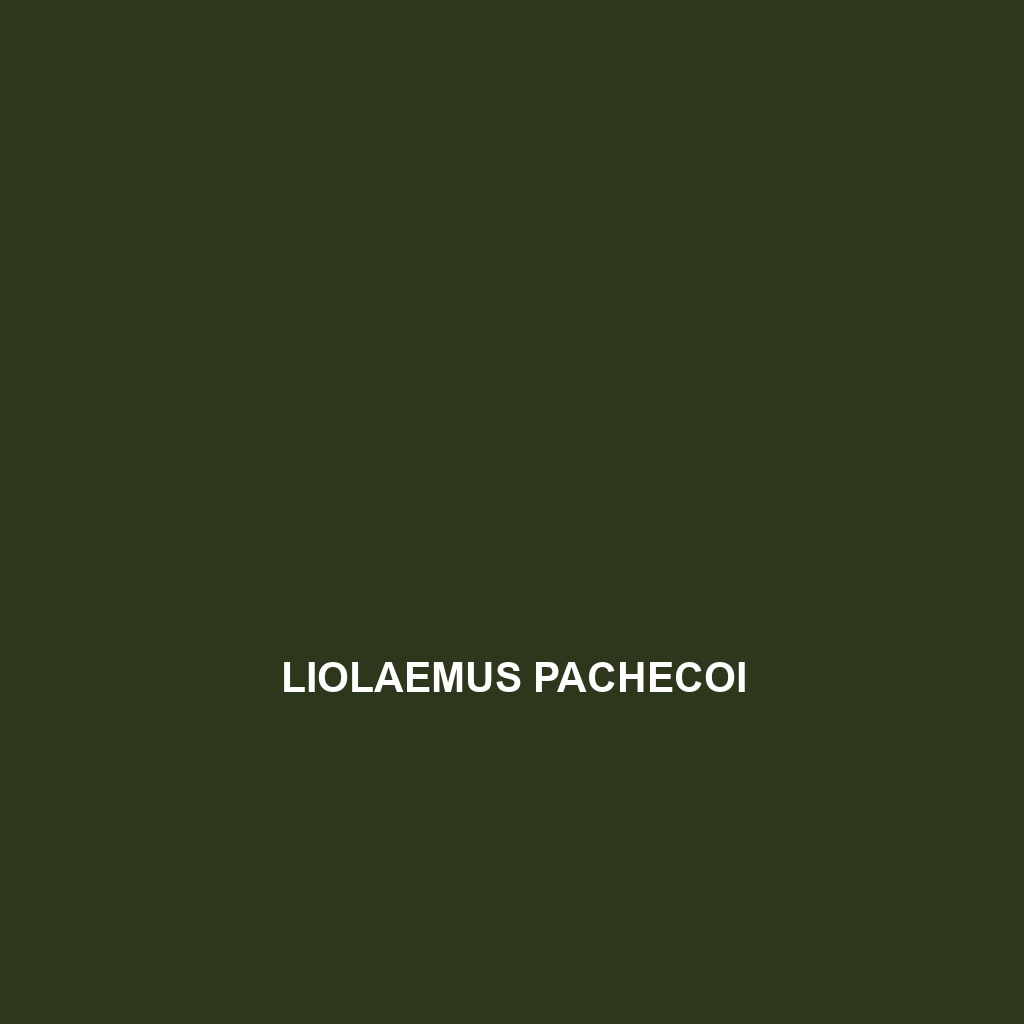<b>Pseudemoia cryodroma</b>, commonly known as the snow skink, is an insectivorous reptile inhabiting the cooler mountainous regions of southeastern Australia. This agile skink, characterized by its smooth scales and unique coloration, plays a vital role in its ecosystem and exhibits fascinating behaviors, including live births and territorial displays during mating season.
Tag: alpine ecosystems
Pseudemoia cryodroma
<b>Pseudemoia cryodroma</b>, commonly known as the snow skink, is an insectivorous reptile inhabiting the cooler mountainous regions of southeastern Australia. This agile skink, characterized by its smooth scales and unique coloration, plays a vital role in its ecosystem and exhibits fascinating behaviors, including live births and territorial displays during mating season.
Liopholis guthega
<p><b>Liopholis guthega</b>, or the Snow Skink, is an alpine species native to southeastern Australia, known for its slender body measuring 8 to 14 cm, smooth scales, and distinctive coloration that provides excellent camouflage. Primarily an insectivore, this diurnal skink thrives in cool, temperate forests and rocky habitats, playing a vital role in its ecosystem by regulating insect populations and serving as an indicator of environmental health.</p>
Liolaemus tacnae
<p><b>Liolaemus tacnae</b> is a captivating lizard species native to the high-altitude regions of the Andean mountains in northern Chile, notable for its colorful scales, distinctive dorsal crest, and adaptability to rocky alpine environments. Inhabiting areas with sparse vegetation, these insectivorous lizards play a crucial role in their ecosystem by controlling insect populations and serving as prey for larger animals.</p>
Liolaemus pachecoi
Discover the fascinating Liolaemus pachecoi, a small, diurnal lizard endemic to the rugged Andes of northern Chile and Argentina, known for its vibrant coloration, unique camouflage, and role as both predator and prey in its alpine ecosystem. This resilient species thrives in temperate forests and rocky outcrops, maintaining ecological balance as it primarily feeds on insects while adapting to its challenging habitat.
Liolaemus montanezi
Liolaemus montanezi, commonly found in the Andes, is a diurnal lizard known for its adaptability to diverse habitats, ranging from temperate forests to alpine environments. With a diet primarily consisting of insects, this vibrant species showcases distinct coloration and unique physiological traits that enable it to thrive at high altitudes while playing a crucial role in its ecosystem.
Liolaemus andinus
Discover the Liolaemus andinus, or Andean Liolaemus, a unique high-altitude lizard found in the Andes Mountains, known for its distinctive coloration, territorial behavior, and diet primarily consisting of insects. This species adapts well to extreme climate conditions and plays a crucial role in maintaining ecological balance within its alpine habitat.
Eulamprus kosciuskoi
Eulamprus kosciuskoi, or the Kosciuszko Skink, is a medium-sized, diurnal reptile native to the alpine regions of southeastern Australia, characterized by its slender body, smooth scales, and striking coloration that aids in camouflage. This insectivorous skink plays a vital role in its ecosystem by controlling insect populations while serving as prey for larger predators.
Darevskia rostombekowi
remarkable Darevskia rostombekowi, a slender lizard native to the rocky slopes of the Greater Caucasus mountains, featuring distinctive brown, gray, and yellow coloration. This vulnerable species plays a crucial role in its ecosystem by controlling insect populations and serves as a food source for larger predators.
Black Musk-deer
Discover the fascinating world of the **Alpine Musk-deer** (*Moschus chrysogaster*), a unique and vulnerable species native to the rugged terrains of Asia's mountain ranges. With their distinct physical features, solitary behaviors, and vital ecological role, these small yet agile deer navigate high altitudes while facing threats from habitat loss and poaching. Learn more about their diet, reproduction, and the conservation efforts needed to protect this remarkable creature.









